Method 1: Fixing the Problem Physically- Dry Eyes

Technology abounds in today’s world. People spend around 30% of their waking hours gazing at a screen. Dry eyes or eye strain may occur as a result of this visual task. To avoid dry eyes when working on the computer, use these healthy suggestions.
Move your seat away from the screen.

Do not sit so far away from the text that you have to strain to read it. Depending on your eyesight and the size of the screen, 16–24 inches (40.6–61.0 cm) is a reasonable distance.
Consider altering your browser’s settings to display bigger font on every site you visit. This may be possible with specialized software on your PC. There are also settings in your web browser to change this function.
Blink.

When staring at a computer screen, individuals blink at least half as frequently as usual because they squint and your eyes are not designed to stare at displays. It may be difficult to remember to do this on a regular basis, but it very important to avoid dry eyes, so close your eyes for a few seconds every now and again.
Make sure your eyes are well lubricated.
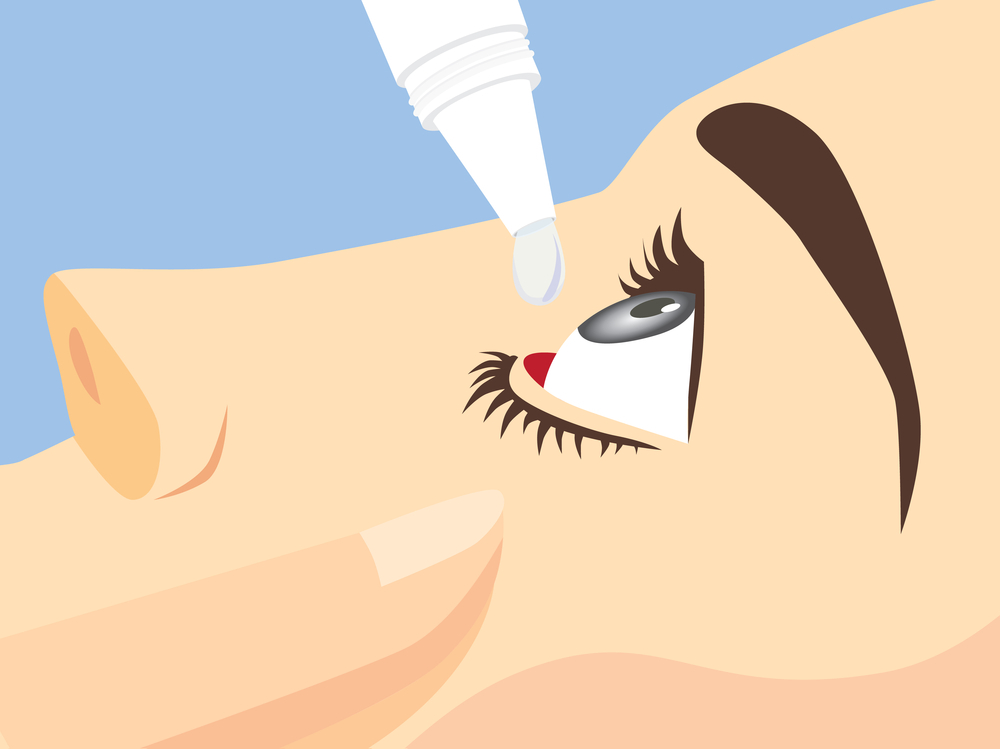
You can accomplish this by utilizing artificial tears or eye drops. This is especially beneficial before and after lengthy durations of computer use. A well-hydrated eye improves vision.
Stay moisturized so that your eyes may produce tears.
Direct air movement should be avoided.
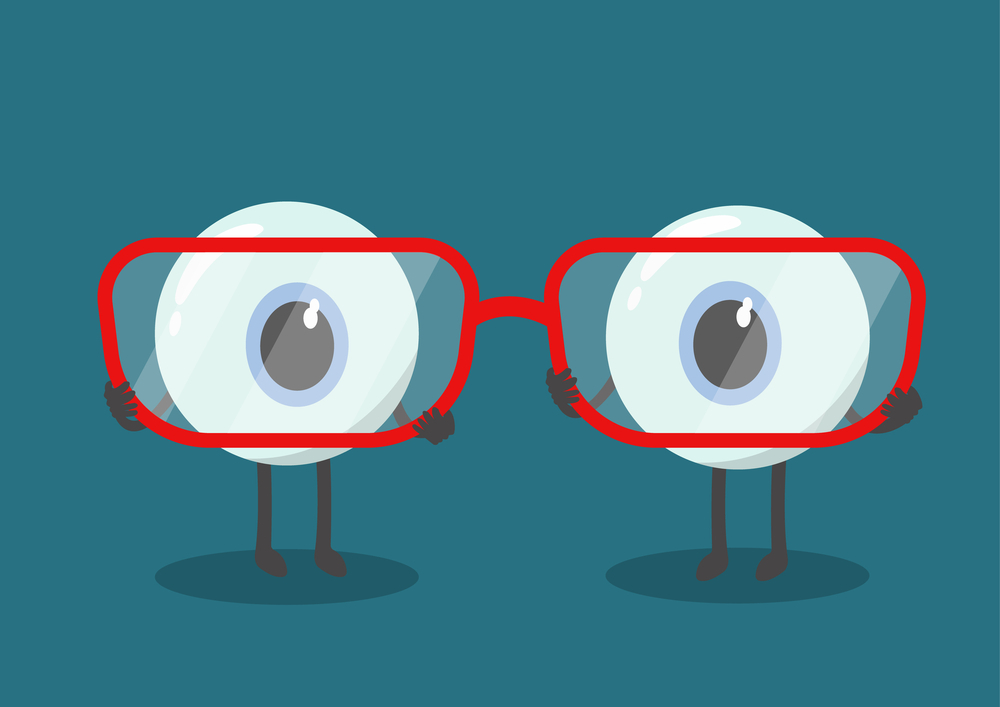
If you have a desk fan, you might consider relocating it to avoid drying out your eyes. The natural moisture in your eyes can be reduced by direct air movement.
Make your workspace more humid.
Consider using a humidifier if your office or room is excessively dry. This can pump more moisture into the air, keeping you and your eyes moist.
Method 2: Developing Good Habits
Use the 20-20-20 rule.

Look at an item 20 feet (6.1 m) away for 20 seconds every 20 minutes to get your eyes accustomed to long-distance vision so you’re ready when you come off the computer. Make careful to keep your gaze fixed on the thing for the entire 20 seconds. Setting a timer or downloading free software that reminds you to take breaks may be beneficial.
Take frequent pauses.
While working long hours on the computer, make sure to take breaks to rest your eyes. Try taking a break and stepping away from your computer every hour. Getting up and being active can assist not just with eye health but also with other health issues such as heart disease and blood clots.
Work intelligently rather than harder.

Develop your time management abilities in order to be more productive in less time. Brush up on your computer skills to have faster access to information.
Improve your typing speed. Practicing your computer abilities will help you become more efficient. This will cut down on the amount of time you spend on mundane chores like e-mailing.
Print off lengthy pages that you would otherwise have to read on the computer. If you are really sensitive, you should look for a career that does not need you to use a computer on a regular basis.
Make sure your workstation is well-lit.
Eye strain is frequently induced by poor illumination, whether from direct sunshine or by harsh interior lighting.
Working under fluorescent illumination should be avoided.
Close drapes or windows to control the amount of natural light in your workstation.
If you can’t regulate the illumination in the room, don’t put your monitor in front of a window.
Reduce glare.
Computer monitor glare can reflect off walls or work surfaces. Consider using a matte finish on your walls or darker hues.
Get your eyes examined on a routine basis.
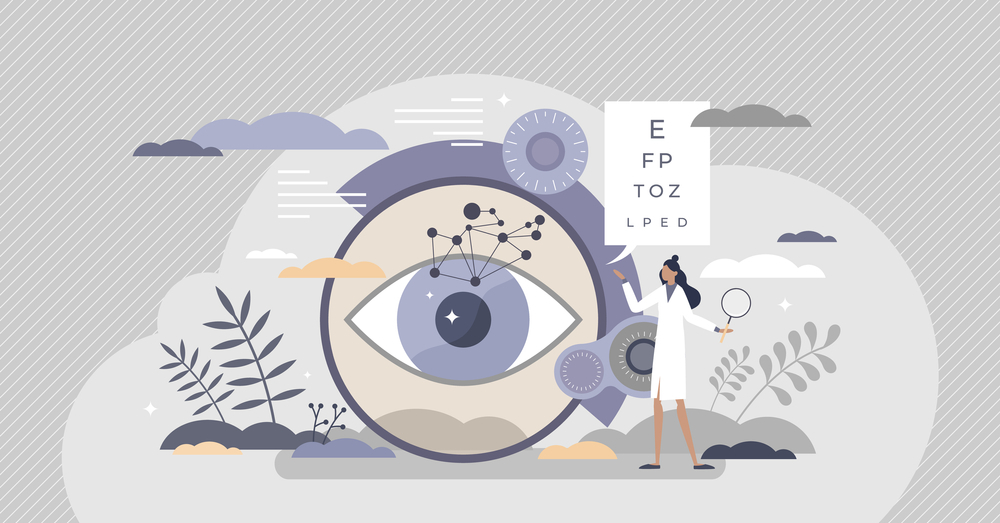
Good health needs constant monitoring. To preserve good eyesight, you should see your doctor or optometrist on a regular basis to rule out dry eyes. These specialists can provide you with further advice to help you maintain your eyes healthy.
Method 3: Adjusting Settings on Your Computer
Change the screen’s contrast.
The intensity of the colors when contrasted next to each other is referred to as contrast. Contrast should often be around the 80s, though this varies depending on the screen. Change the contrast of your computer monitor by navigating to the control panel and selecting “Appearance and Personalization.”
Change the brightness of the screen.
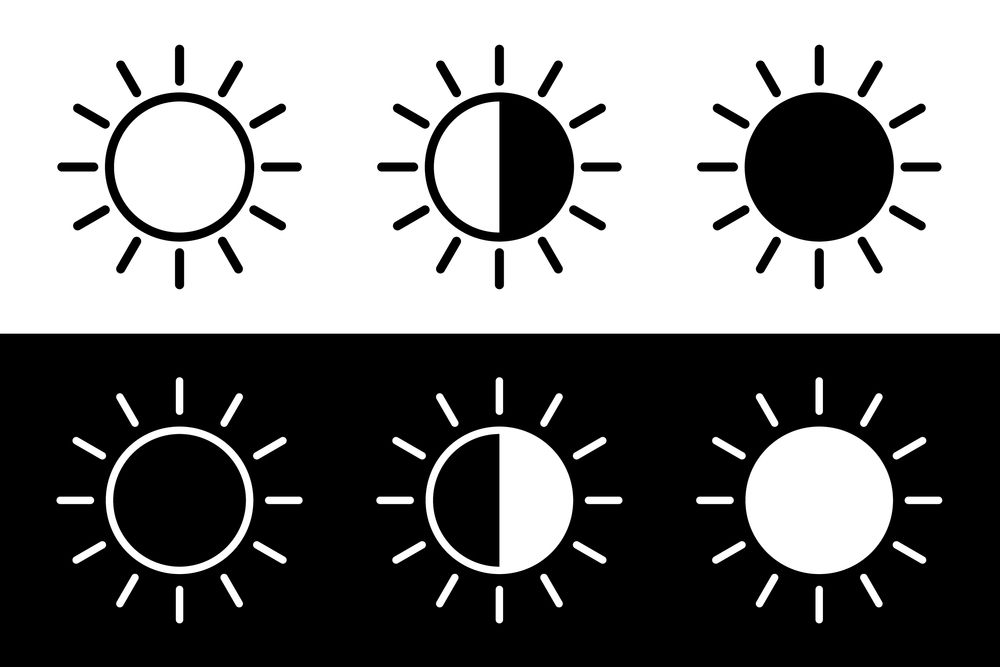
To avoid eye dryness, you should adjust the brightness of your monitor to match the lighting in your workstation. You may adjust these settings in the control panel of your computer.
Upgrade to a glare-free display.
The evolution of computer displays continues. You may buy displays that are particularly tuned to reduce glare or even displays that automatically change settings based on light levels.
Get a color temperature software.
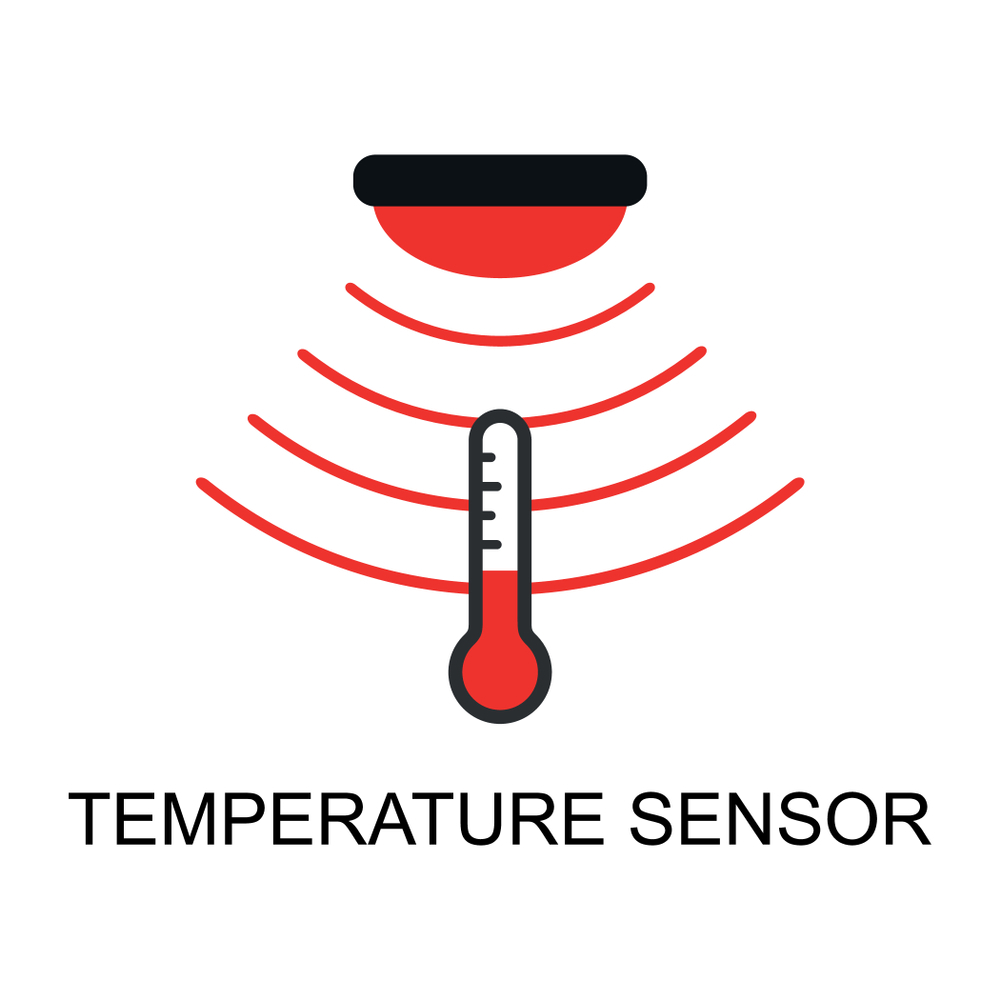
Colors on your monitor may be changed with applications such as F.lux. This type of program automatically changes the hue to assist decrease eye strain and dryness.
Warnings
Excessive computer use can also lead to weariness. Take frequent pauses.
Dryness can cause your eyes to become bloodshot, but don’t use “get the red out” drops since they might create rebound redness, making the bloodshot condition chronic. Remove the dryness, and the bloodshot look will go.
Also Read : Exercises to Boost Immunity and Fight Illness – V Cure (vcurehealthcare.com)





